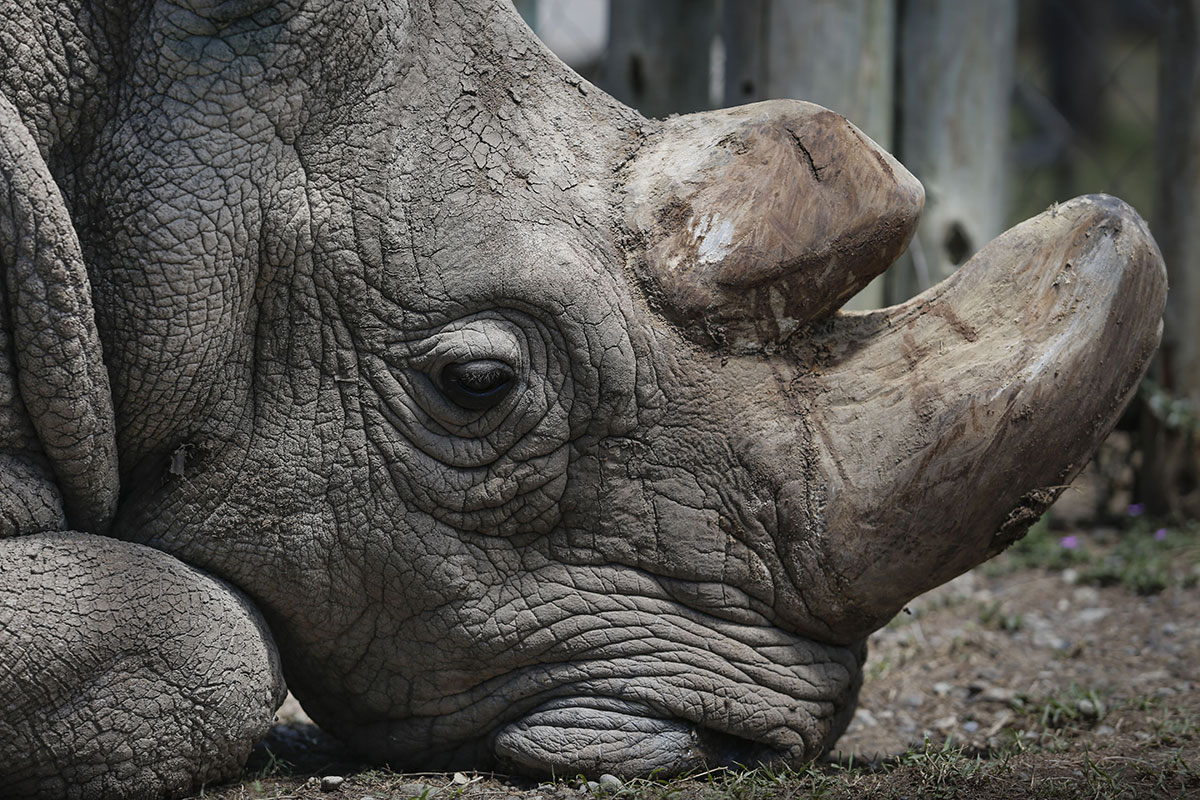
If you’re like me, you probably didn’t know that the last male white northern rhino died back in March. In general, I think this is incredibly sad as we now have another extinct species to add to the list. But most of us didn’t realize this because we were too busy watching March Madness, or spending time with friends on St. Patrick’s day. But the truth is that we don’t notice much unless it’s happening right under our noses. I’m not excluded from this either. I very much live in the bubble that is my life. I’m cognizant of everything going on around me in terms of my environment, but when it comes to things happening in the world, I’m not necessarily as tuned in.
There is a name for this, and it’s environmental amnesia. It’s the belief that we don’t consider what’s going on outside of our immediate surroundings. We think that whatever is happening around us is normal. I’m not sure that I agree with that last statement as we are seeing a lot of crazy stuff happening these days, and I wouldn’t categorize it as “normal”. Nor would I want to. I mean, mass-shootings, or anything that the president tweets. I don’t want to categorize these things as normal. But there was a big storm in my area over the weekend, so it didn’t phase me that homes were without electricity and that trees crushed cars.

That said, this theory sparked an idea with Fountain Digital CEO Svetlana Dragayeva. She thinks that virtual reality can help address the idea of environmental amnesia by showing people how truly amazing our planet is, but in an intimate setting – such as your home. Dragayeva believes that by exposing people to wildlife on a regular basis and using VR’s ability to put us in foreign situations, her project will be able to change the world. She notes:
“This is where technology can really help us shape new types of [emotional] relationships so that we actually become curious about what’s going on in the offline world, and become more involved in saving [it]”.
Rather than experiencing the horrors of nuclear war or a Syrian air raid in first person, Virry VR interactive experiences let you go face-to-face with some of Earth’s most vulnerable creatures. The latest episode, “Wild Encounters,” was filmed at Lewa Wildlife Conservancy in Kenya. Fountain Digital placed 360-degree cameras around the park to get you close to the animals and put you in unique situations with them, with Dragaeva hoping the work will build an intimate relationship between you, baboons, rhinos and other creatures.
How did they do it? Initially, Dragayeva’s team thought all they needed to do was drop food in front of the cameras and the animals would be drawn to them. But, they spent months in pre-production working on scripts for Virry only to discover that animals don’t follow any schedule but their own. Part of me wants to say – is she for real? But I’ll refrain from suggesting that she’s a bit naive.
How does it work? When you shake the PS4’s controller and drop a bundle of acacia branches for the elephants to eat, an adorable juvenile cautiously trudges over to inspect the noise. It gets spooked and awkwardly runs back to its herd. Time shifts forward, and when the mother comes over, though, things are different. She’s hungry and starts grabbing the branches off the ground with her trunk.

While I think this is a great idea, I don’t know that it will have the desired effect. Sure, people will certainly learn about new species and even what’s endangered, but I’m not convinced that the game will give people the understanding or the know how to take this one step further and do something about it. Maybe I’m sounding too “local” when I say that there’s not a lot we can do to stop these things from happening when we’re so far away. Posting on social media and trying to get the word out that this isn’t a good thing may help, and maybe that’s all we can do. Maybe I’m being too hard on what we can do to make a difference in the planet or the lives of others?
I do like this game, and I like the idea of the game, so I’m excited to see if this idea picks up and gets applied to other scenarios.



